18.400
Hectares
60.000
Birds
400
Species
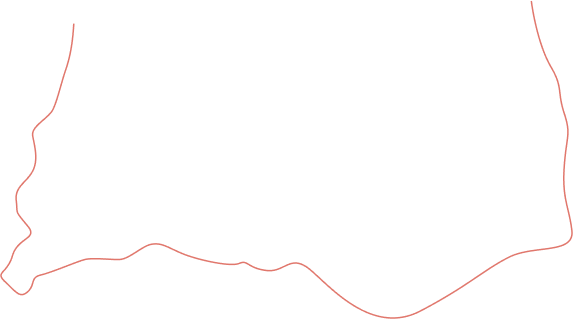
We're talking about a marvellous natural park that covers more than 18,000 hectares, comprising a breathtaking picture of salt marshes, salt marshes, islets and channels that lead to the beach - all to the rhythm of the tides. Yes, did you know that the tides are responsible for the circulation of water within this lagoon?
It was in 1987, due to its unique habitat and biodiversity, that the Ria Formosa became a National Park protected by the ICNF (Instituto da Conservação da Natureza e das Florestas) - the Portuguese governmental organisation for the protection of nature and forests.
Come and immerse yourself in the marvellous world of the Ria Formosa.
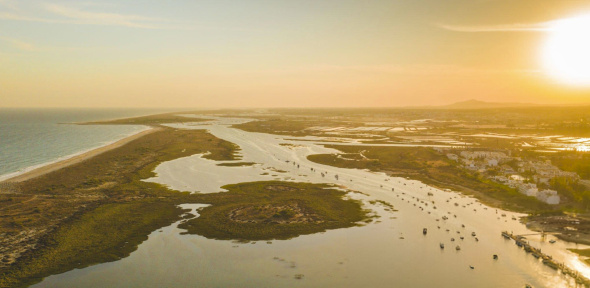
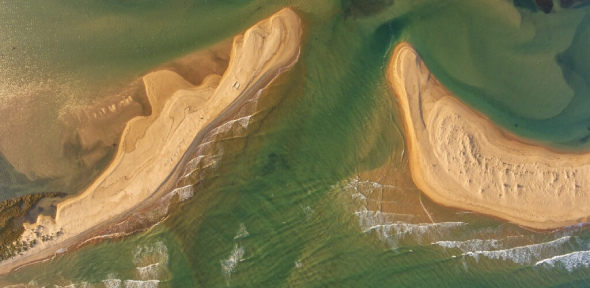

Triangular in shape, the Ria Formosa stretches for almost 60 kilometres along the Algarve coast in southern Portugal and covers an area of 18,000 hectares (180 km2). The widest point is almost 6 kilometres wide and the narrowest point is less than 100 metres.
Between the barrier islands and inside the lagoon you'll find marshes, mudflats, dunes, salt marshes and tidal channels that contribute to the diversity of the region's fauna and flora.
In fact, Ria Formosa is separated from the Atlantic Ocean by a lagoon system with two peninsulas and five islands:
The Ria Formosa peninsulas: Ancão Peninsula and Cacela Peninsula
The islands of the Ria Formosa: Barreta Island, Culatra Island, Armona Island, Tavira Island and Cabanas Island.
Along this area, which runs from east to west from Quinta do Lago to Cacela Velha, several important towns and villages stand out, given their geographical location and historical surroundings with the Ria Formosa, among them: Quinta do Lago, Faro, Olhão, Fuseta, Santa Luzia, Tavira, Cabanas de Tavira and Cacela Velha.
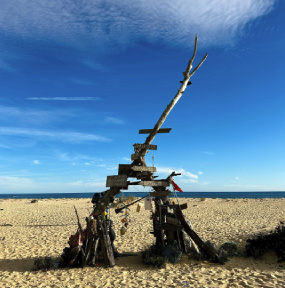
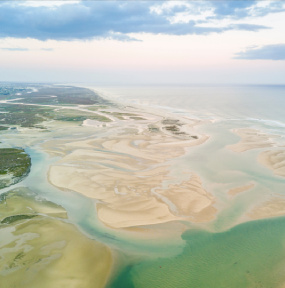
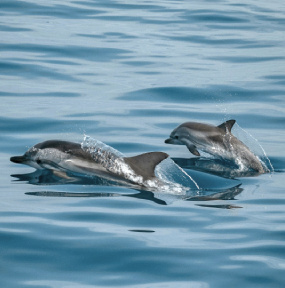
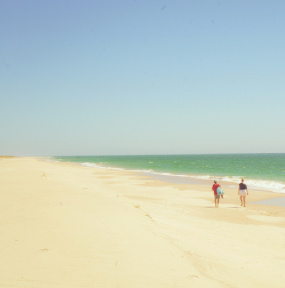
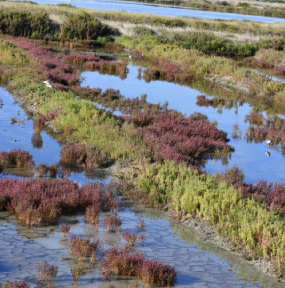
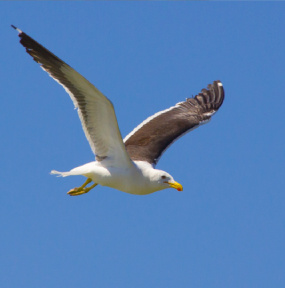
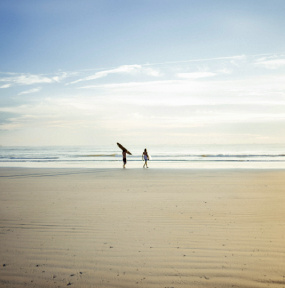
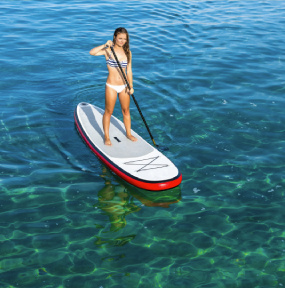
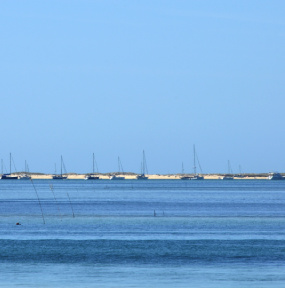
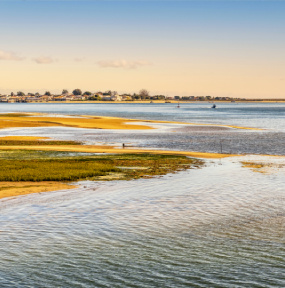
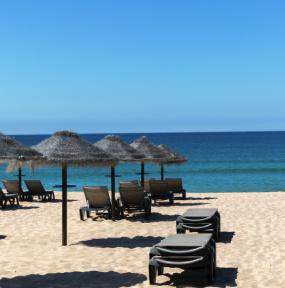

From migratory birds to marine life, this unique, ever-changing ecosystem is a haven for biodiversity enthusiasts and nature lovers.
As well as being an area of incredible natural beauty and a haven for wildlife, this is a privileged area because it is also a passage and nesting point for many migratory species from northern Europe that spend the winter here or use the estuary as a stopover on their way south. One of the rarest species is the "sultana hen", the symbol of the Natural Park itself - and you won't find it anywhere else in the country.
In our country, the Audouin's Gull only nests on Ilha Deserta - Faro. A special event, don't you think?
From invertebrates, butterflies, long-nosed seahorses (Hippocampus guttulatus), reptiles, chameleons, dwarf terns (Sternula albifrons), Shrimp (Porphyrio porphyrio), Audouin's gull (Ichthyaetus audouinii), Black-necked grebe (Podiceps nigricollis), Oystercatcher (Haematopus ostralegus), little egret (Egretta garzetta), white storks (Ciconia ciconia), spoonbill (Platalea leucorodia), birds of prey and mammals (otter (Lutra lutra), the mongoose (Herpestes ichneumon), the genet (Genetta genetta), the weasel (Martes foina), the badger (Meles meles) and the fox (Vulpes vulpes), all of which can be found in the Ria Formosa.
Sixty-five species of fish have been identified, which are divided into sedentary, occasional and migratory-colonising, with the sea bream (Sparus aurata), the sea bream (Diplodus sargus), the sea bass (Dicentrarchus labrax), the white sole (Solea senegalensis) and the European eel (Anguilla anguilla) being the ones of greatest economic and gastronomic interest.
The Ria Formosa is also home to shellfish and fishing activities, including shellfish farming, fish farming and salt farming.
The ecological value of the Ria Formosa is recognised and protected by international and national conservation agreements. In Portugal it became a Natural Park in 1987 by the ICNF and at international level it is included in the Natura 2000 network and the Ramsar Convention on wetlands.
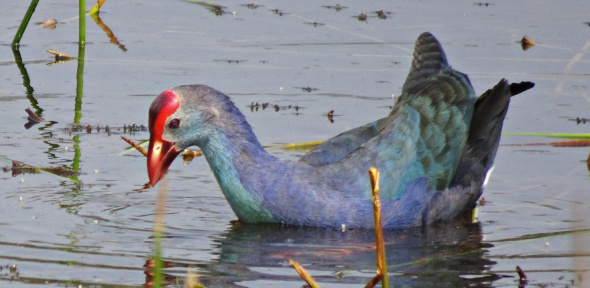
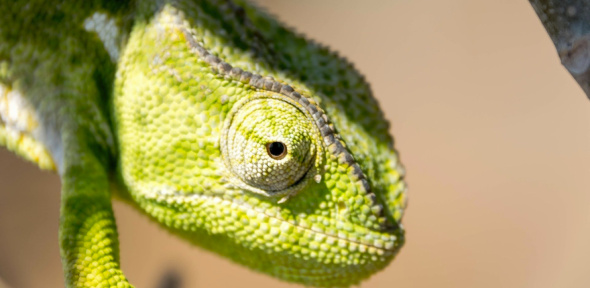
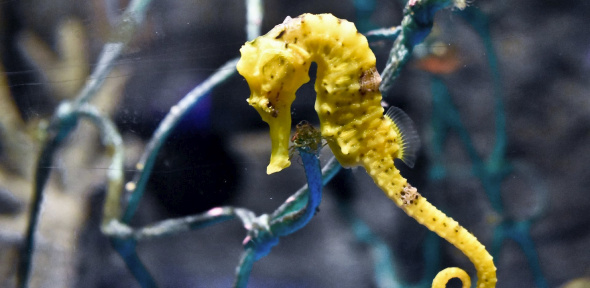
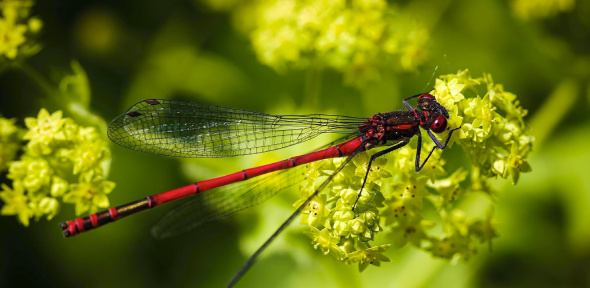
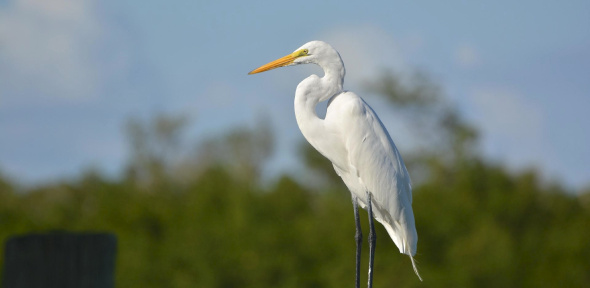
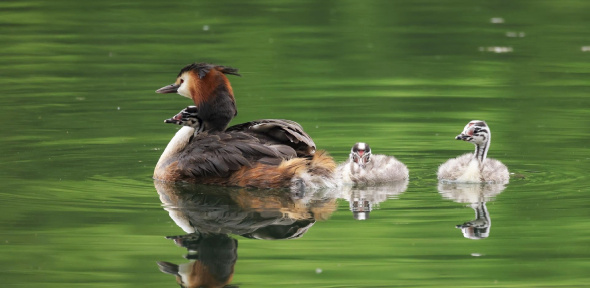
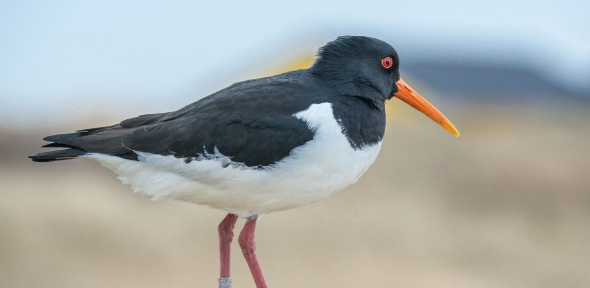
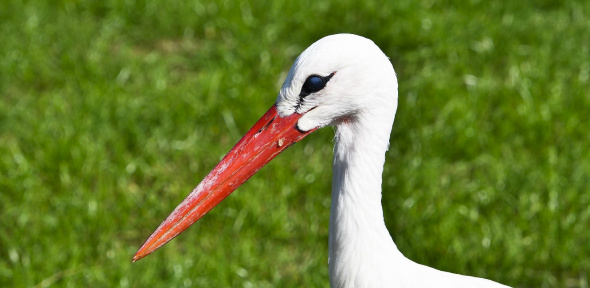
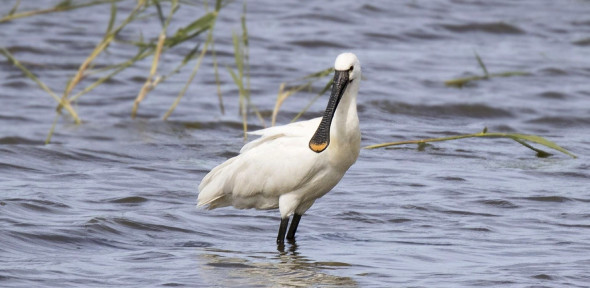
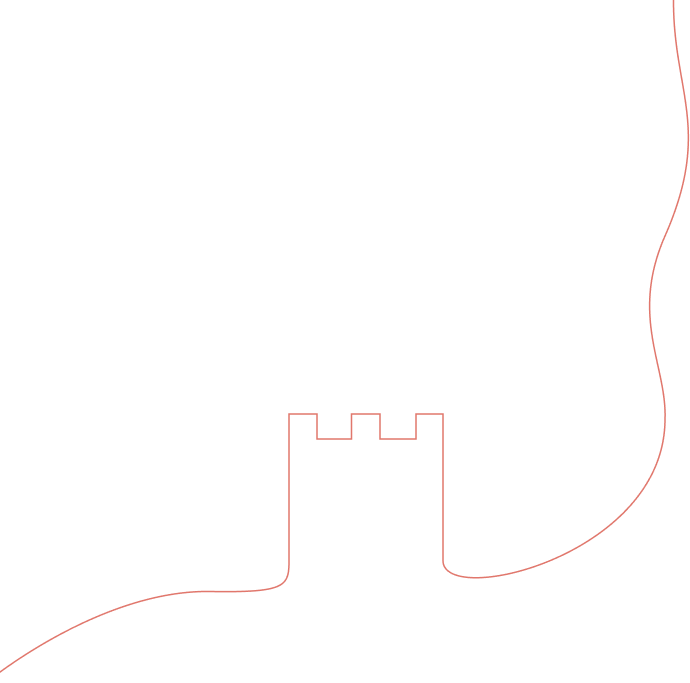
Over the centuries, various civilisations, including the Phoenicians, Romans and Moors, have left their mark on the region, contributing to a rich cultural heritage. Due to its strategic position, the Ria Formosa was the stage for defence against invasions, which led to the construction of important fortifications. These include the Fort of São João da Barra, in Cabanas de Tavira, and the Tower of Aires, which guarded the neighbourhood of Olhão. These structures served as observation and defence points, protecting the coast and trade routes.
In addition to its military value, the Ria Formosa is now recognised for its biodiversity, being a natural park that attracts visitors interested in both its natural beauty and its rich and multifaceted history. The fortifications, now historical landmarks, continue to bear witness to the strategic importance of this region over the centuries.
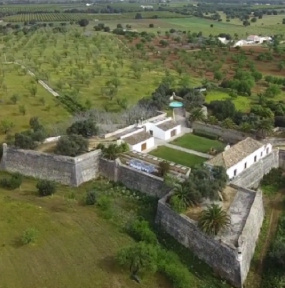
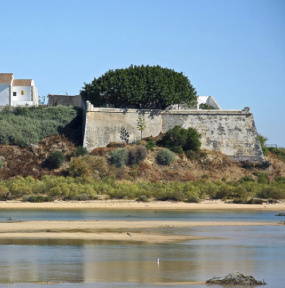
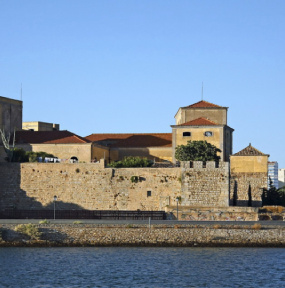
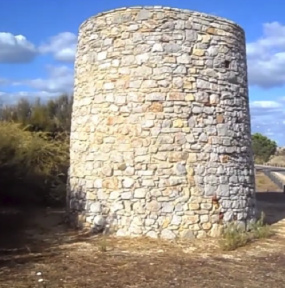
This website uses cookies to improve your browsing experience. By continuing, you agree to the use of cookies. To find out more, see our Privacy Policy.